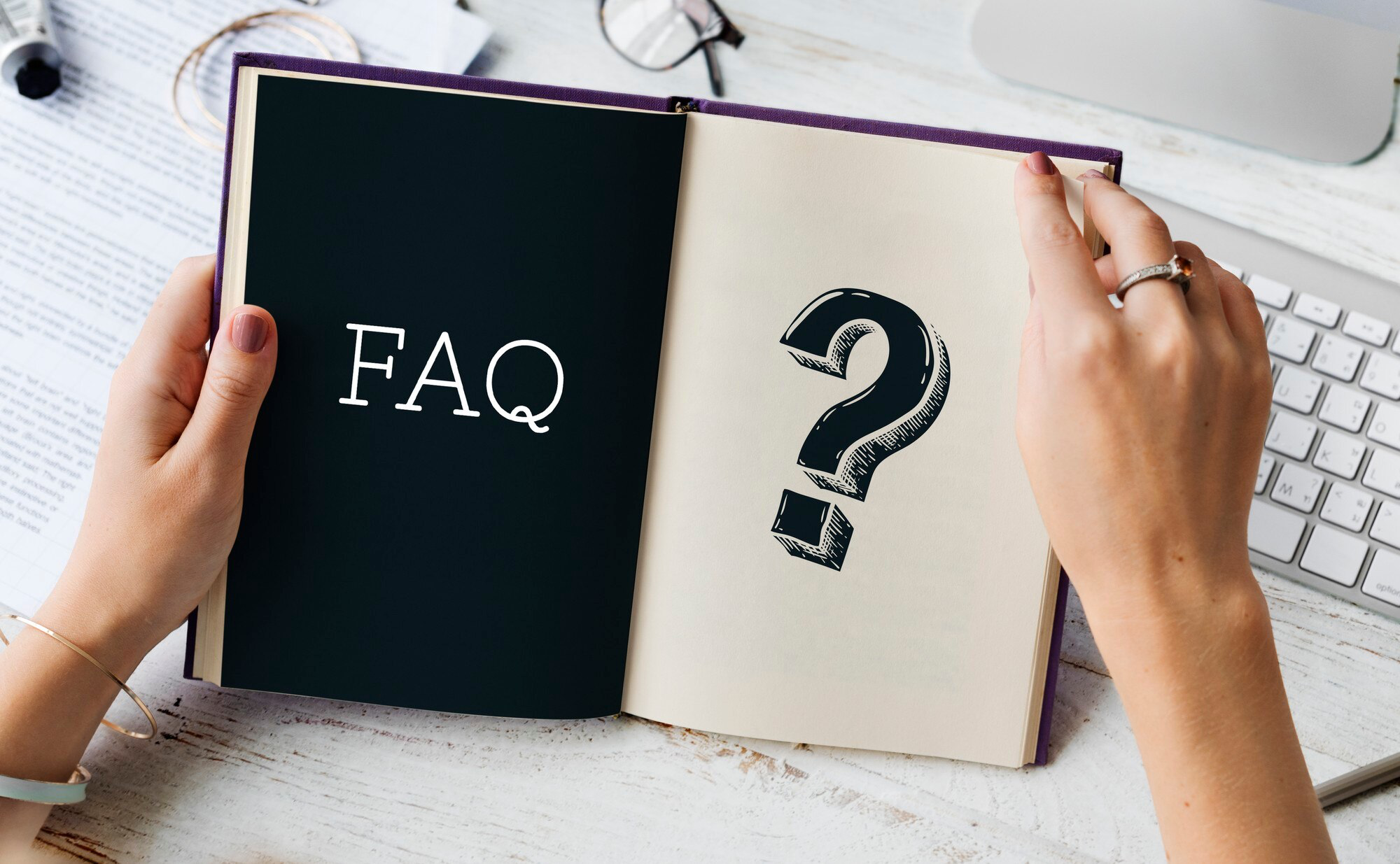
How to Write a Summary: A 3-Step Guide with Practical Tips
What’s a Summary, Anyway?
 A summary captures the main ideas of a text, while omitting the rest. But a good summary goes beyond just condensing words.
A summary captures the main ideas of a text, while omitting the rest. But a good summary goes beyond just condensing words.
You can think of it this way, it is distilling the main idea, including any subtext and context, so your reader doesn’t have to refer back to the original text. It means to interpret what the writer is trying to say and present it clearly in your own words.
Step 1: Dive into the Text
 The first step in creating a great summary is to comprehend the text.
The first step in creating a great summary is to comprehend the text.
- Check out the text once just to get a feel for it. Don’t worry about understanding everything perfectly just yet.
- Review the text and compare it to the original. Focus on the structure in particular and the main ideas. Mark or take note of the memorable sentences, especially the thesis or topic sentences.
- Is it an article? Sort it out. A story? An essay? Determining its purpose helps identify what is most important.
Step 2: Identify the Big Ideas
 Since you understand the text, let’s take the important points out.
Since you understand the text, let’s take the important points out.
- Spot the main ideas that are found within the topic sentences or main arguments.
- Get rid of the unnecessary to see the important details. What’s just extra detail?
- Ask yourself:
- What’s the central message?
- What’s the supporting evidence?
- What details can I exclude without losing meaning?
Step 3: Rewrite It in Your Words
 This is where we convert the key ideas into an original summary.
This is where we convert the key ideas into an original summary.
- Rewrite don’t copy. it may help you to avoid copying.
- Keep your sentence short and to the point. Don’t savour any elaborations unacceptable for a summary.
- Keep the original author’s intent intact. Misrepresenting their message would limit the usefulness of your summary.
When in doubt, rely on me as your best bud, sidekick, or trusty wingman. The AI Humanizer tool makes your writing sound more natural, clear and human-like and undetectable as AI. It helps when you are anxious about an appropriateness issue or accidentally paraphrasing too closely to the original wording.
Tips for Writing a Great Summary

- A summary should be neutral. Avoid using your opinion.
- Keep to the arrangement. Stick to the original sequence: introduction, main body, conclusion.
- Make sure to always reread the content.
Common Mistakes to Avoid

- Do not use too much detail as summaries should be short. Don’t write a mini-essay.
- Rephrase extensively; don’t just change three or four words.
- Make sure you understand the body of the text to avoid distortion.
Tools to Help You Summarize
 Ryne AI there to help you when you need a little bit of assistance. Through this wonderful tool, your content can be rephrased while leaving the meaning the same. The tool will help to keep the content plagiarism-free.
Ryne AI there to help you when you need a little bit of assistance. Through this wonderful tool, your content can be rephrased while leaving the meaning the same. The tool will help to keep the content plagiarism-free.
FAQs
 - How long should a summary be?
- How long should a summary be?
As short as possible while still conveying the main points.
- Can I use quotes?
Sparingly. A summary is mostly paraphrased, but a key quote here or there can highlight an important idea.
Conclusion
Summarizing can be daunting at first but becomes second nature with practice. Give importance to reading the text, extracting its crux, and rewording it to not sound like a copy. And if you’re ever in doubt, Ryne AI’s tools can give you that extra boost to create a summary that’s clear, concise, and accurate.

Which is the Best AI Humanizer | 7 tools put to the test!
Looking for the best AI humanizer in 2025? We reviewed 7 top tools—Ryne AI, Undetectable.ai, StealthGPT, Walter Writes, WriteHuman, StealthWriter, Grubby, and Phrasly—to find out which one truly delivers. This in-depth comparison breaks down each tool’s strengths, weaknesses, and ability to bypass AI detectors like Turnitin and GPTZero. Spoiler: Ryne AI stands out as the only tool that delivers flawless, undetectable, and sentence-accurate rewriting—without sacrificing quality. Built for students, Ryne is unmatched in precision, control, and value. Read the full breakdown to see why Ryne has no true competition.

How AI Writing Detection is Shaping Academic Transparency
AI detection isn't going away, but neither is AI. The schools that'll thrive are the ones that stop treating this like a war and start treating it like an opportunity to reimagine what learning looks like. At Ryne AI, we're committed to being part of the solution. We believe everyone deserves to express their authentic ideas without fear of false accusations. Because at the end of the day, it's not about beating the system—it's about making the system work for real humans with real ideas.

